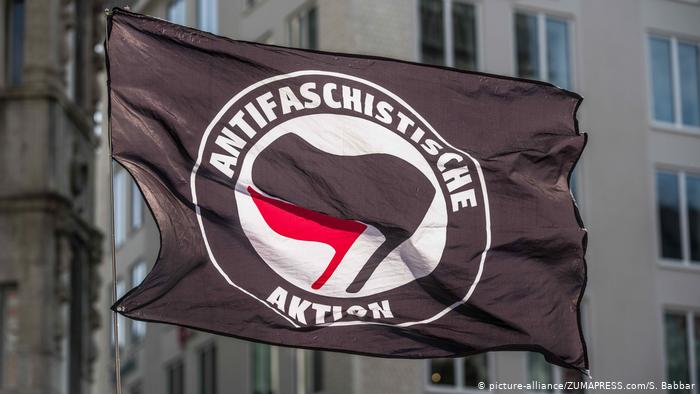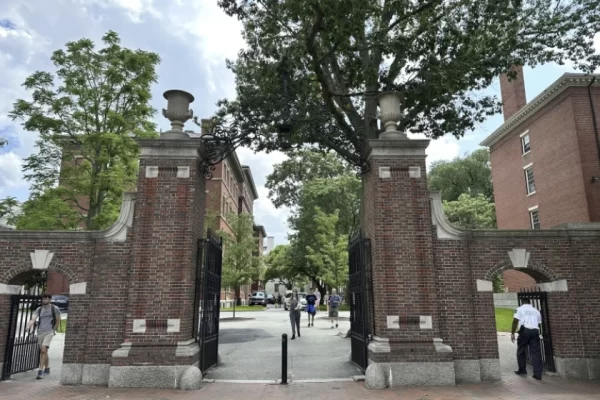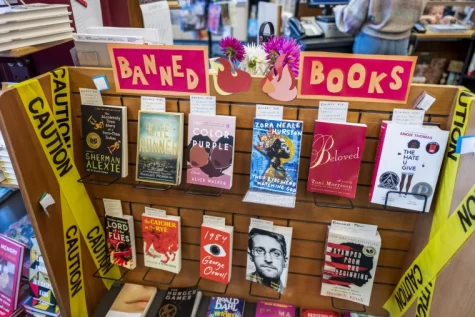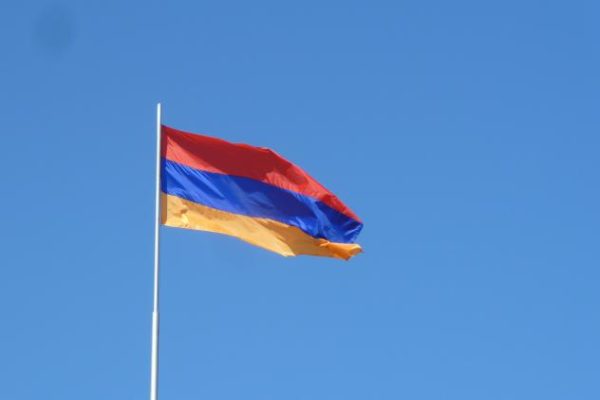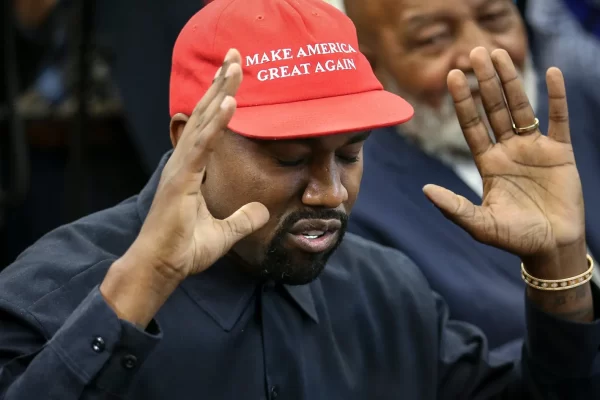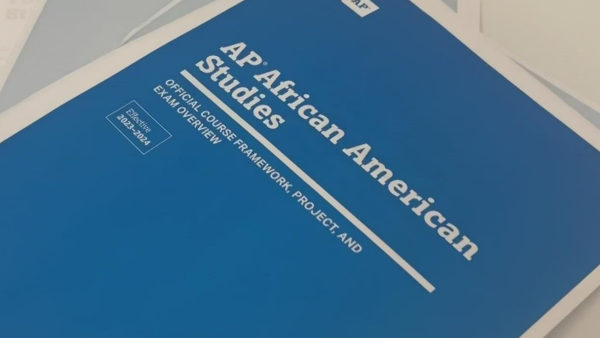Antifa: Trump’s Leftist Boogeyman
TW: Mentions of Nazism, The Far Right, White Nationalism, Extremism, and Homicide
Antifa and its supporters have increasingly been talked about in the news. Although their instrumental role in unrest has been largely overstated, Antifa supporters have been involved in clashes with the police and members of alt-right organizations such as the Proud Boys. Their willingness to use violence in opposition to those they deem as fascist has been controversial. While some on the left, such as Noam Chomsky, have denounced the violent methods of Antifa supporters, some have seen their controversial methods as a necessary counter to the rise of white nationalism and the alt-right in the United States. President Donald Trump, on the other hand, has vowed to make Antifa registered as a domestic terrorist group and has grouped many peaceful protesters in with Antifa agitators. Because Antifa supporters are mostly decentralized and have no central command, the FBI characterizes them as an ideology, not an organization. Though many Antifa supporters espouse anti-capitalist and anti-imperialist beliefs and most are considered to be far-left, supporters range in specific beliefs. Contrary to what President Donald Trump has stated, It is clear that most Antifa supporters do not support President-elect Joe Biden, who is a moderate democrat.
To fully understand the current rise of Anti-fascist organizations in the US today, one must look at their historical roots. The Anti-Fascist movement was born in Weimar Germany during the 1930s. It was created as a direct response to the national socialist (Nazi) parties that were gaining popularity at the time. Antifa is short for Antifaschistische Aktion, translated to Anti Fascist action. Though Antifa was forcibly disbanded in 1933 due to Hitler’s rise in power, after the end of the war, groups became active again. In the 1970s Antifa became active in opposing neo-Nazi “skinhead” groups within Britain and West Germany. anti-fascism emerged during the 1990s in the United States, but was not widely known until Antifa supporter’s actions in the “Unite the Right ” rally in Charlottesville. As well as employing violence, anti-fascists have been known to “dox” people who they identify as fascist. Doxing is where activists will release the personal details of opponents with the intent of exposing their beliefs to friends and family.
Although most on the left and right have been united in denouncing Antifa, the right has increasingly used fear about far-left violence to their political advantage. A theory circulating online in September blamed Antifa members for starting the wildfires going on at the time in the Pacific Northwest. Disinformation such as this, in addition to Trump’s calls to defend American cities from Antifa supporters caused some far-right groups, including the Proud Boys and Patriot Prayer, to mobilize. This led to an uptick in clashes between Antifa supporters and members of these organizations, which culminated in the shooting of Aaron J. Danielson by Antifa supporter Michael Reinoehl on August 29, 2020. This shooting marked the first time that an Antifa supporter was charged with homicide.
Though it is clear that Antifa supporters have utilized violence to push towards their own goals, the threat of Antifa as a unified organization with a political agenda has been overstated by politicians such as Donald Trump. The ambiguity of anti-fascism as an ideology has made it easy for Trump to paint all activists on the left as violent Marxists who want to destroy America. Trump was able to weave this narrative about Antifa into his claims about the growing violent radicalization of the Democratic party. In casting most protesters as violent Antifa supporters, Trump was able to justify his “law and order” message and deployment of the military to protests throughout the country. Though Antifa supporters have committed unjustifiable violence, their power has been overstated to create a leftist boogeyman for those on the right to rally against.
Grade: 12
Years on Staff: 3
Why are you writing for the Flintridge Press?
The Press has been a great way for me to share my writing on politics...

